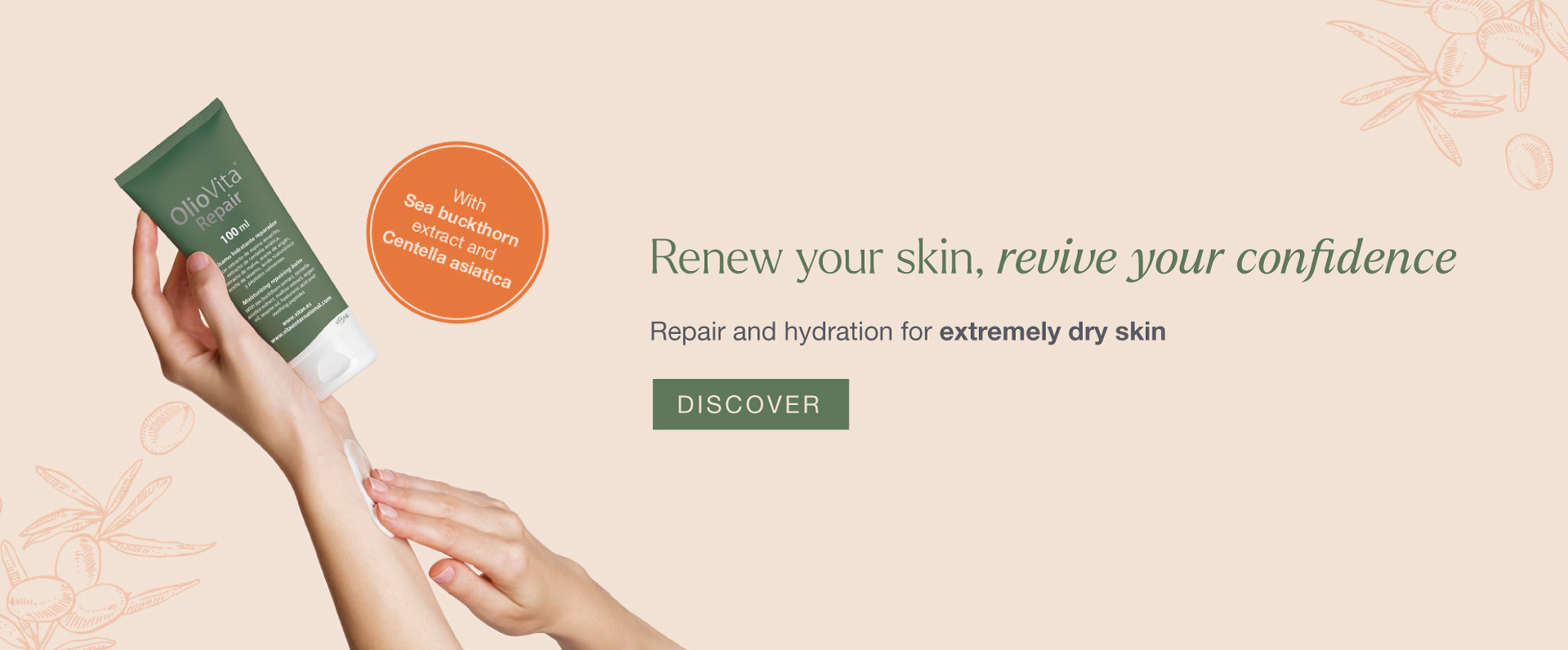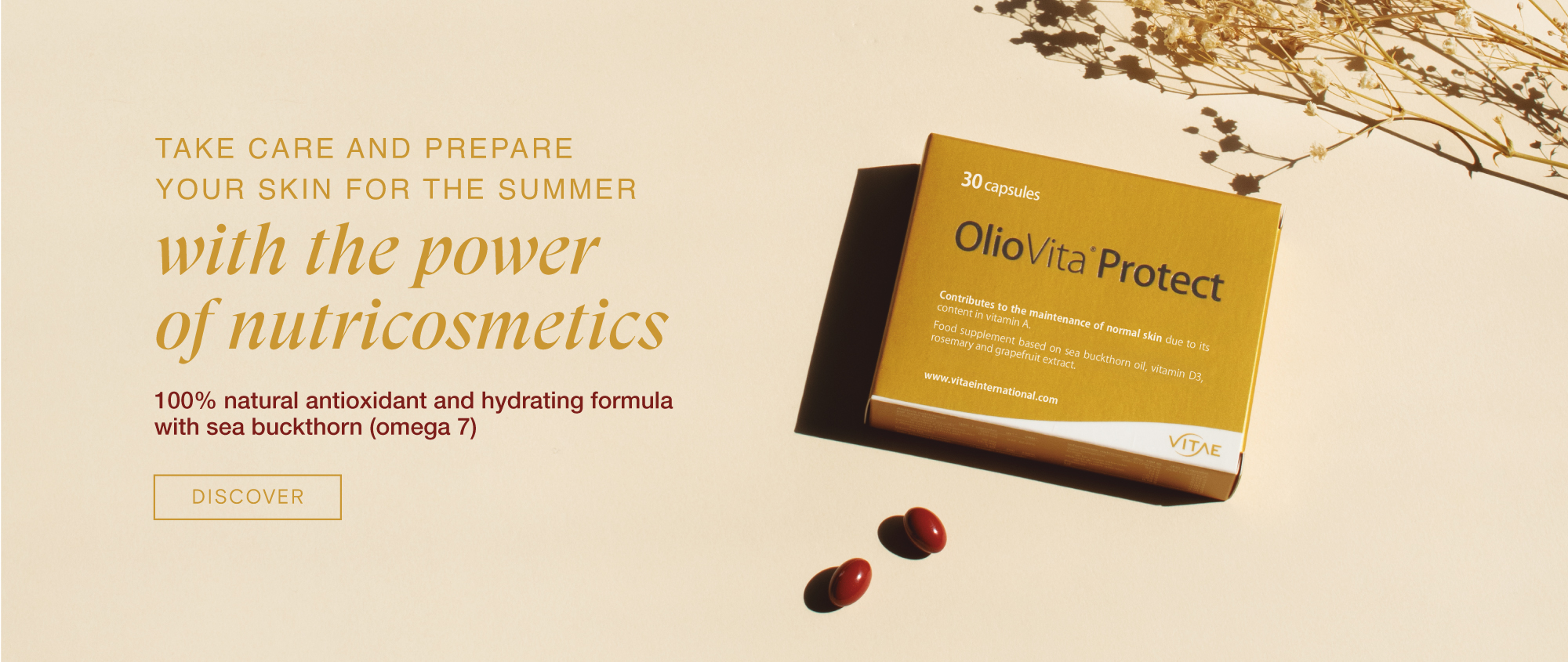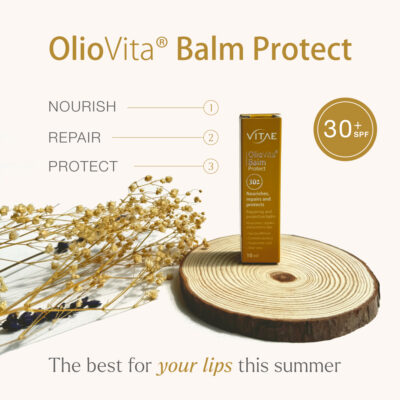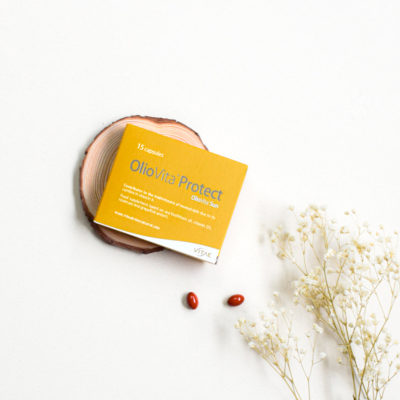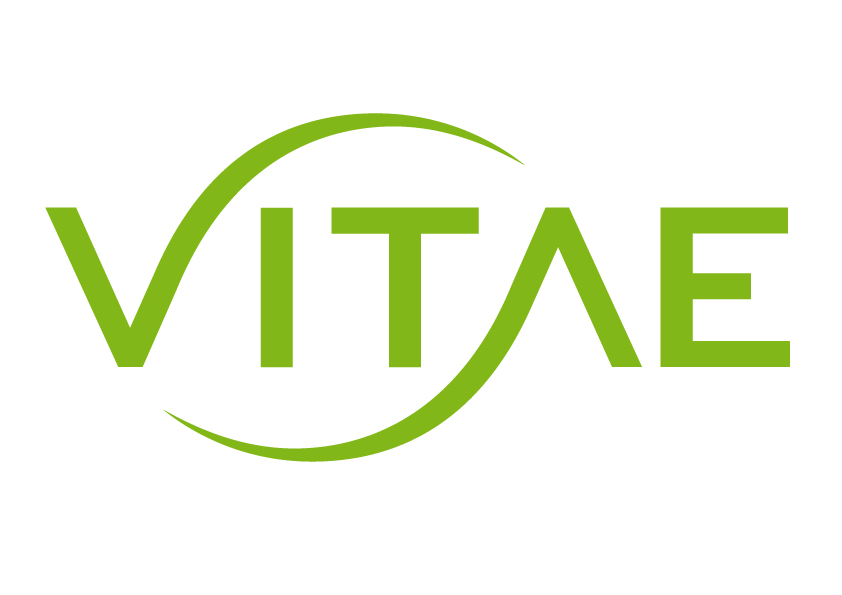Our skin uses sunlight to produce vitamin D, essential in our body for normal bone formation, although sometimes, ultraviolet rays can be harmful to health. The most superficial layer of skin is called epidermis and has cells that contain the pigment melanin, which protects the skin from ultraviolet rays, since these can harm the skin and reduce elasticity and causing premature ageing. In this article we are going to talk about the effects of sun exposure on the skin in short, medium and long term.
Layers of skin
The skin is the largest organ in the body and serves many important functions, such as:
- Protect the body from trauma
- Regulate body temperature
- Maintain hydroelectrolyte balance
- Sensation of painful and pleasant stimuli
- Vitamin D synthesis
It is made up of 3 layers : epidermis, dermis and hypodermis.
Epidermis: is the outermost layer of the skin and protects the internal organs, muscles, nerves and blood vessels against any possible trauma. There are areas of the body where greater protection is needed, such as the palms of the hands and the soles of the feet, which is why the skin layer is much thicker.
Dermis: it is a thin layer of fibrous and elastic tissue, it is made up mainly of collagen, which gives the skin its flexibility and consistency. This layer contains nerve endings, sweat glands and sebaceous glands, hair follicles, and blood vessels.
Hypodermis: helps insulate the body from heat and cold and serves to store energy. Fat is stored in living cells, called fat cells, which are joined together by fibrous tissue.
What is ultraviolet light
It is a light that is not possible for the human eye to see, it is the component of sunlight with the greatest effect on the skin. This type of UV light can be classified into 3 types, depending on its wavelength: ultraviolet A (UVA), ultraviolet B (UVB) and ultraviolet C (UVC).
UVA: they easily pass through the atmosphere, mostly reaching the earth’s surface
UVB: have greater difficulties in passing through the atmosphere. They are the ones that can cause the most serious damage to the skin.
UVC: they cannot pass through the atmosphere, they are absorbed by the ozone layer
Almost all UV radiation that reaches Earth is UVA, although some UVB as well. Both radiations can affect health, but the first (UVA) penetrates deeper into the skin and is more constant throughout the year. The WHO recommends 5 to 15 minutes of sun exposure, 2 or 3 times a week.
Due to the decrease in the ozone layer, which is a protective layer in the atmosphere, the UV radiation reaching the Earth is increasing, therefore, we must be more careful and protect ourselves more.
Negative effects in the short, medium and long term
Short term
When you sunbathe inappropriately and excessively, the first thing that will happen is that redness will appear on your body. It will appear a few hours after starting exposure to the sun and will reach its maximum intensity after 12-24 hours. When exposure is very prolonged, a deeper burn may appear, leading to inflammation, edema and blisters. Burns are produced by UVB rays, they penetrate the skin little, they affect the epidermis and only 10% reaches the area where the epidermis meets the dermis.
Long term
External factors such as environmental pollution, smoke, tobacco, and UV rays, type A, cause the formation of free radicals that damage cells and cause skin aging. Free radicals are molecules produced in our body that attack collagen and elastin, generating a loss of elasticity and firmness, which causes the appearance of wrinkles and expression lines.
Positive effects of the sun
- Vitamin D: the sun’s rays help our body produce vitamin D in the skin, in order to absorb calcium and phosphate from food, minerals necessary for healthy bones.
- Mood: The sun improves mood by increasing the release in the brain of the hormone called serotonin, which also helps you feel calm and focused.
- Skin appearance: if you use the necessary protection and expose yourself for the right hours, the sun will improve the appearance of your skin. They can improve acne, psoriasis or vitiligo.
- Stimulates defenses: sunlight improves blood quality, increases the number of red blood cells and white blood cells, therefore strengthening the body’s defenses against possible infections.
At Vitae we care about your health and that is why we try to offer the best of us, providing valuable ideas for your daily life. Next, we bring you one of our proposals:
Vitae solution
OlioVita Repair It is a repairing and moisturizing cream for extremely dry skin. Based on sea buckthorn extract, centella asiatica extract, mallow extract, argan oil, sesame oil, hyaluronic acid and soothing peptides. It helps wound healing, contributes to improving dry and cracked skin, improves recovery from burns and contributes to the improvement of stretch marks.
OlioVita Balm Protect Repairing balm with sea buckthorn extract, centella asiatica extract, hyaluronic acid, aloe vera and sun protection factor SPF 30+. Nourishes, repairs and protects dry and cracked lips, as well as an irritated nose, thanks to its skin repairing, moisturizing, antioxidant and healing function, it visibly contributes to skin health.
OlioVita Protect is an oral sunscreen based on exclusive 100% natural extracts: sea buckthorn oil, grapefruit and rosemary extract, and vitamin D, with moisturizing and antioxidant properties. Ingredients with moisturizing and antioxidant properties, which act by nourishing, protecting and repairing the skin from the harmful effects of the sun’s rays, without blocking the skin’s natural tan.


